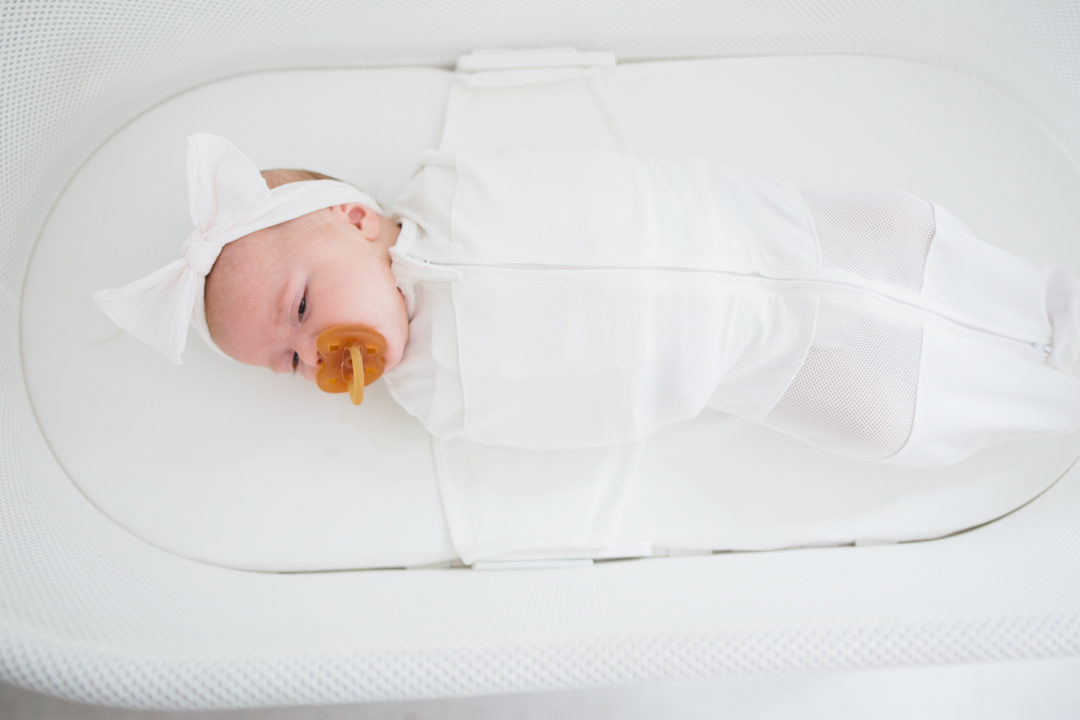
Looks comfy?
Would you trust a robot to rock your baby to sleep? The question likely elicits the chilling vision of a Terminator cradling your child. However, a new product - the Snoo - is, in fact, an
automated crib, a high-tech bassinet perfectly calibrated to 'swaddle' infants and lull them into slumber. It's an early entry of automated child care in an age that promises to integrate robotics into the daily fabric of human life.
So, back to the question at hand:
Would you trust a robot to swaddle your child while she sleeps?
The
Snoo was developed by renowned pediatrician Dr. Harvey Karp, MIT-trained engineers, and Yves Behar, who runs a tech-savvy industrial design firm. The team's goal was to recreate the sensations of being in the womb by swaddling the infant - restricting their limb movement, a practice some have
criticized - and inundating them with white noise. This is accomplished with a sleeper outfit that
one mother, Samantha Murphy Kelly, referred to as a "straight jacket" that safely secures the child as the bassinet rocks her to sleep.
Samantha, who wrote about the experience of
entrusting the Snoo to care for her baby, describes her trepidation disappearing as she watched her child fall asleep within minutes. However, she admits that a creeping anxiety never fully went away.
"As I became comfortable with the product - even relied on it - I found new things to worry about," she writes. "When the city experienced a storm in the middle of the night, I sprinted out of bed to unplug it."
The Snoo senses when a child is stirring and modulates its speed accordingly. In this way, it is part of a new tech trend of automated devices designed to coddle children. In 2009, a Japanese company released
Suima, the first fully automatic baby crib. Earlier this year, Ford, in advertising its new Max line of cars, developed
a crib that simulates the 'soothing' vibrations of a car ride. One can imagine there will be many more products and services like these as automation in the household becomes more ubiquitous - and profitable.
But will this cottage industry be challenged by the uncanny valley? This is an
aesthetics theory supposing that humans feel a kind of revulsion when faced with a human replica. It is most commonly applied to androids, robots, and dolls, humanoid manifestations that come close to approximating our form, expression, or sound - but that remain eerily incongruent.
In entrusting robotic consumer products with caring for our infants, we must overcome a feeling that something is slightly off. Even if a product has a perfect safety record, a queasy doubt will still linger. While robotics, artificial intelligence, and automation make many aspects of our lives vastly more efficient, there remains a sense that the simulacrum is untrustworthy.
Will we overcome this sense in the coming decades? Will we merge seamlessly with our new robotics creations, as
Elon Musk believes? Will the 2020s bring us smart cribs and infant monitoring microchips? Or will the feeling of unease cause a Luddite rift? Only time - and money - will tell.
Comment: Would you use one?